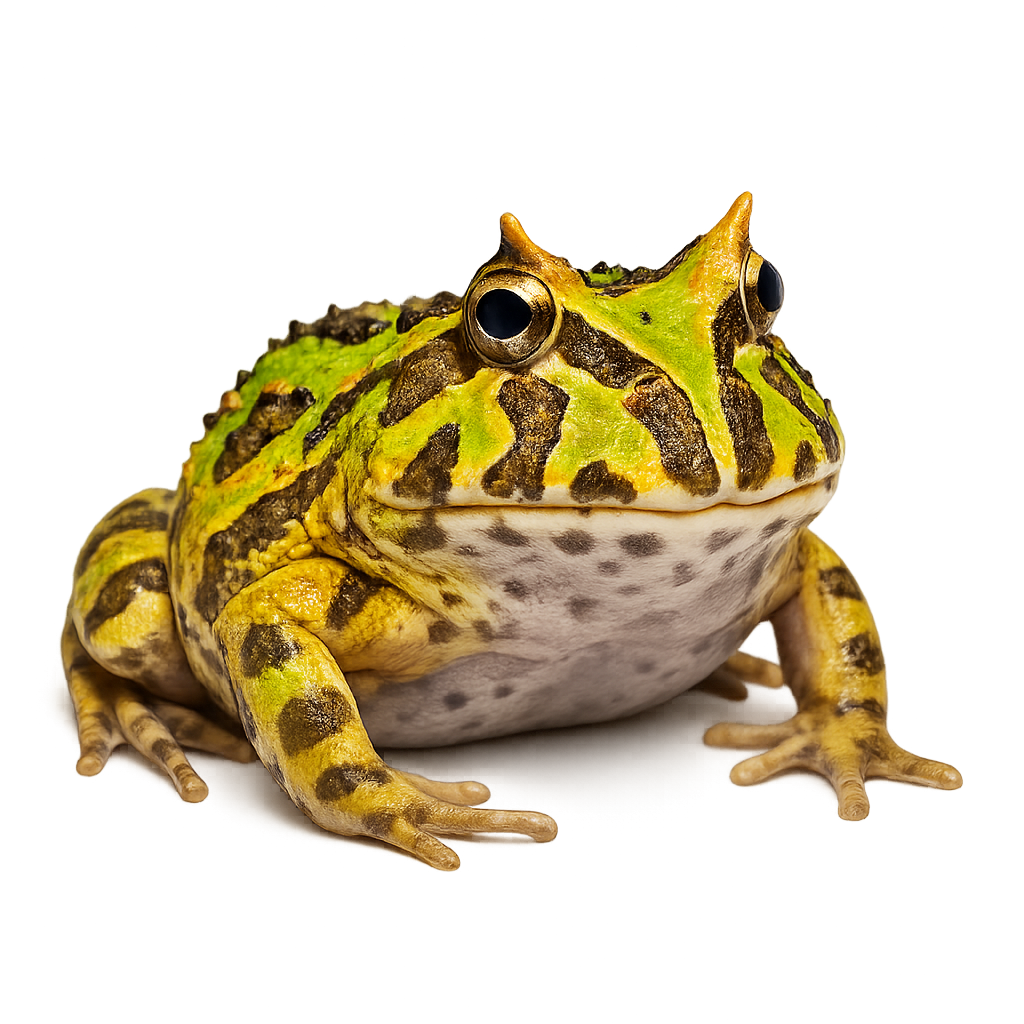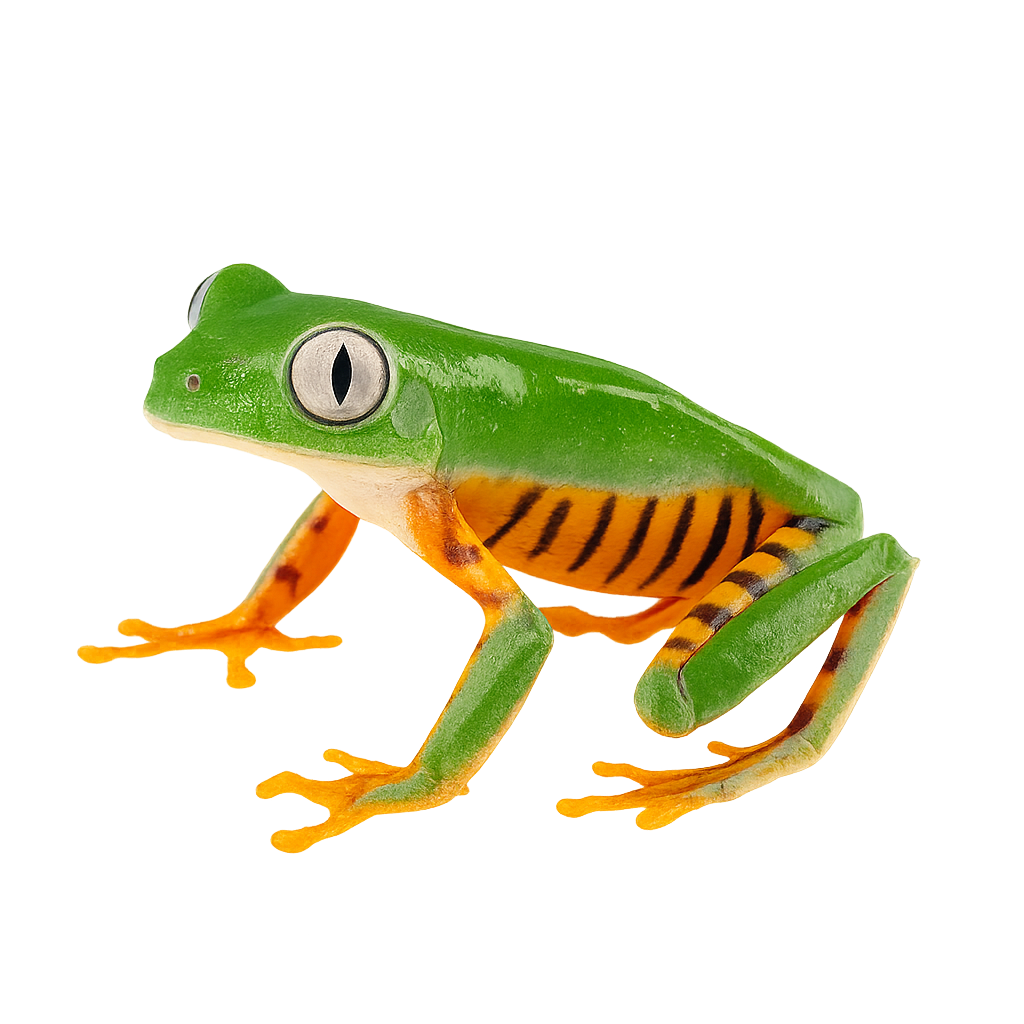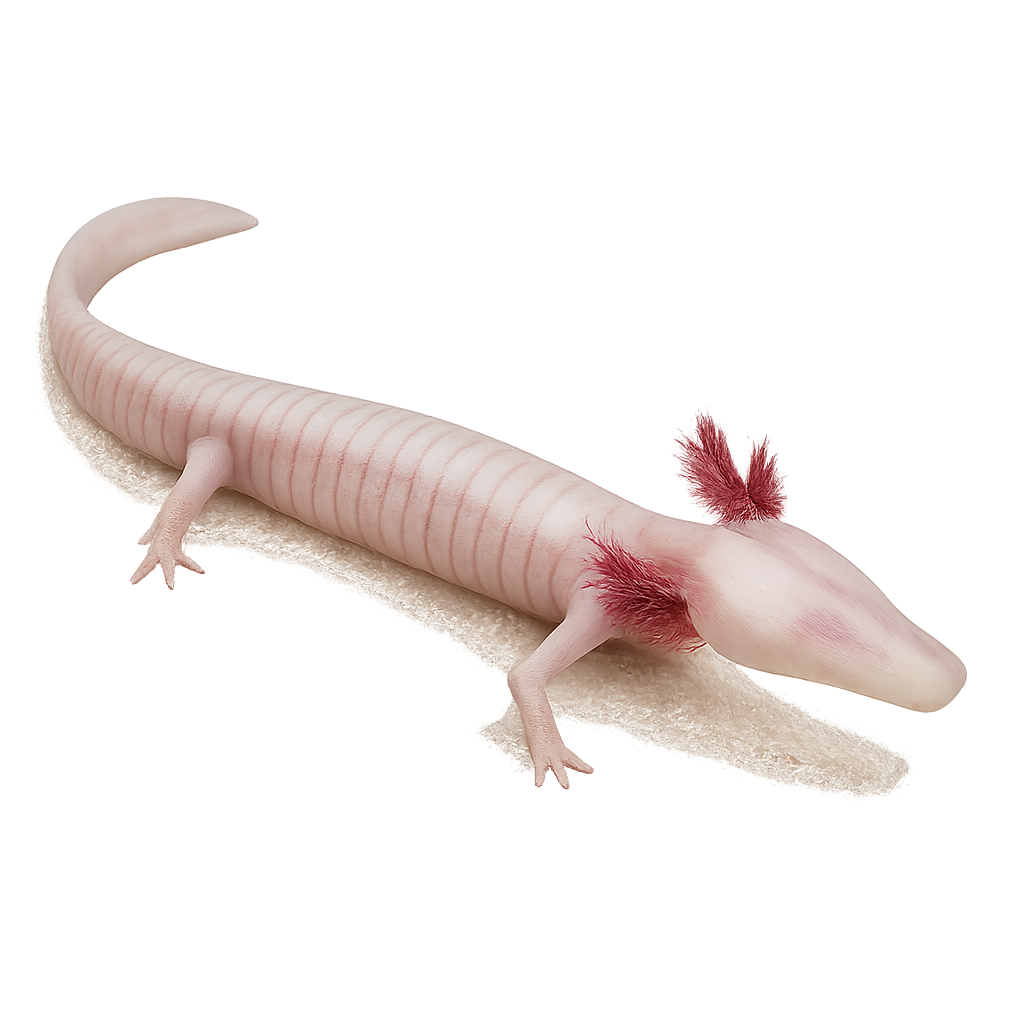Your wildlife tracking tool..
Browse 2,846species by country, track observations, and plan your photo outings.
Your global reference for wildlife photography
WildlifePhotographer gives you access to over 2,846 wildlife species sheets to help you identify, understand, and photograph wildlife around the world. Mammals, birds, reptiles… each sheet provides key information: habitat, activity, life cycle, signs of presence, and tailored photo tips.
Our database grows every week with new iconic species. To go further, access maps, reminders, logs, and personalized statistics in the app — designed to meet the real needs of wildlife photographers in the field.
Ornate horned frog
Ceratophrys ornata
The Desert Horned Frog is an amphibian species found in the dry, sandy regions of South America, particularly in Argentina, Paraguay, and Uruguay. This toad is easily recognized by the large 'horns' above its eyes, giving it an imposing appearance. It is primarily terrestrial and often hides in the sand or under dead leaves to protect itself from the daytime heat. This frog is a voracious predator, using its large mouth to capture prey as large as small mammals or other amphibians. It is primarily nocturnal and waits until nightfall to hunt.
Oriental fire-bellied toad
Bombina orientalis
The Bombina orientalis, or Oriental fire-bellied toad, is a small amphibian species, typically measuring between 4 and 5 cm. Its skin is smooth and green with black spots on the back, while its belly displays a bright red-orange coloration with black patterns, serving as a warning signal to potential predators. Native to East Asia, it is primarily found in wet areas such as marshes, rice paddies, and flooded forests. Known for its semi-aquatic behavior, it spends a lot of time in water. Its ability to secrete skin toxins protects it from predators.
Oophagous Slender-legged Treefrog
Osteocephalus oophagus
The Oophagous Slender-legged Treefrog, or Osteocephalus oophagus, is a fascinating species of tree frog primarily found in the humid tropical forests of South America. It is particularly notable for its unique reproductive behavior: females lay their eggs in water-filled tree cavities, and the tadpoles feed on unfertilized eggs that the mother regularly deposits. This feeding strategy, known as oophagy, is rare among amphibians and allows the tadpoles to survive in environments where food is limited. The Oophagous Slender-legged Treefrog is medium-sized, with smooth skin and color patterns that allow it to effectively camouflage in its natural habitat. It plays a crucial role in the ecosystem as an insect predator, helping to regulate invertebrate populations.
Orange-legged Leaf Frog
Phyllomedusa hypochondrialis
The Orange-legged Leaf Frog is a medium-sized arboreal frog belonging to the Hylidae family. It is recognizable by its smooth skin and bright colors, usually green with white or yellow patterns on the sides. This species is primarily nocturnal and is found in the tropical and subtropical forests of South America, particularly in Brazil, Argentina, and Paraguay. It is well adapted to arboreal life thanks to its adhesive fingers, which allow it to climb easily. The Orange-legged Leaf Frog plays a crucial role in its ecosystem as a predator of insects, thus contributing to the regulation of harmful insect populations.
Orange-thighed Frog
Litoria xanthomera
The Litoria xanthomera, or Orange-thighed Frog, is a tree-dwelling frog species endemic to Australia, primarily found in the tropical regions of northeastern Queensland. It is characterized by its smooth skin and bright green color, often dotted with yellow spots, which gives it its name. Typically measuring between 4 and 6 cm in length, this frog is nocturnal and commonly found in humid rainforests near water bodies. It is known for its distinctive call, used to attract mates during the rainy season. Although its population is stable, it is sensitive to environmental changes and habitat loss.
Olm
Proteus anguinus
The Proteus anguinus, commonly known as the olm, is a fascinating amphibian inhabiting the karst caves of the Dinaric region in Europe. This curious animal is adapted to underground life, with depigmented skin and atrophied eyes, rendering its vision almost nonexistent. It typically measures between 20 and 30 centimeters in length and has an elongated, eel-like body with reduced limbs. Its respiration is ensured by feathery external gills, allowing it to live in oxygen-poor underground waters. The Proteus anguinus primarily feeds on small aquatic invertebrates. Its exceptional longevity, reaching up to 100 years, and its ability to survive without food for several years make it a captivating subject of study for scientists.







